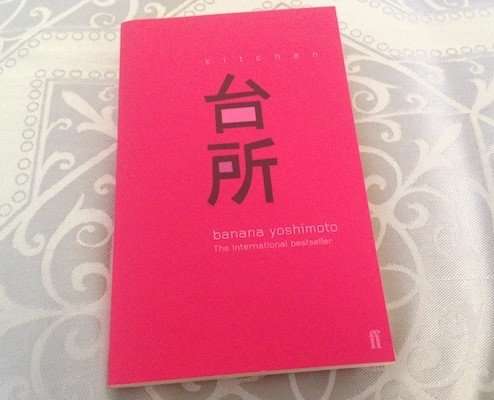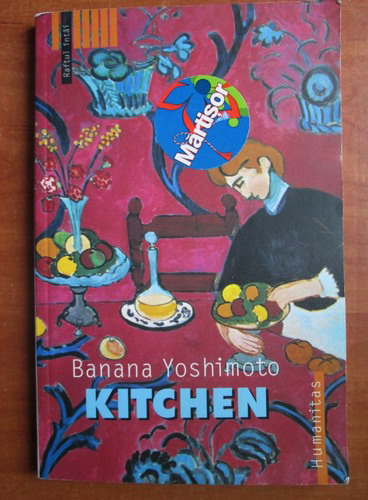
Yoshimoto describes her stories as fables that are grounded in reality but contain subtle elements of magic realism. Her writing is earmarked by her focus on surviving loss, urban angst, and existential hope, as well as her use of metaphors using dreams. Yoshimoto has published approximately one book a year since the early 1990s. The novella received international acclaim when the English translation was published in 1993. Kitchen became an instant sensation in Japan, and Yoshimoto was lauded by critics for her fresh and contemporary perspective as well as her clean, immersive, and deeply emotive prose. Her vivid descriptions of kitchens and food in Kitchen were inspired by her exposure to restaurant life at the time. Yoshimoto wrote Kitchen while working as a waitress in her first job out of college in 1987.

Yoshimoto studied literature at Nihon University, where she wrote Midnight Shadow, which is often published alongside Kitchen. She even moved in with her then-boyfriend while still in high school. Yoshimoto experienced much more freedom in her adolescence than was typical for Japanese youth in the 1980s. Yoshimoto was inspired by her older sister Haruno’s love of art, which prompted Yoshimoto to find her own creative outlet in writing at a young age. Her father is Takaai Yoshimoto, a radical poet, philosopher, and literary critic.

Yoshimoto was born and raised in Tokyo, Japan, in a progressive, left-wing family.


 0 kommentar(er)
0 kommentar(er)
